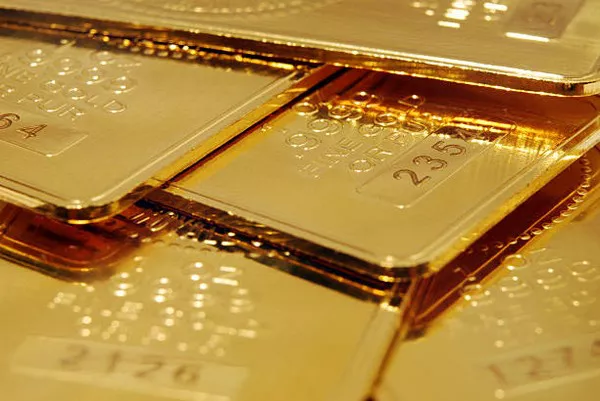Gold prices edged up by 0.69% on Thursday, fueled by a drop in the US Dollar Index (DXY) following the release of disappointing US Gross Domestic Product (GDP) figures for Q1.
Despite the weaker GDP report indicating subdued output growth, persistent inflationary pressures have tempered expectations for a summer interest rate cut by the Federal Reserve (Fed). This contributed to a decline in the DXY, while gold, traditionally seen as an inflation hedge, saw gains.
In addition, recent data from the Hong Kong Census and Statistics Department highlighted a 40% increase in China’s net gold imports via Hong Kong in March compared to the previous month. China, a major consumer of bullion, continues to influence gold prices, with its central bank adding 160,000 troy ounces of gold to its reserves in March. The People’s Bank of China (PBOC) emerged as the largest official gold buyer in 2023, reinforcing gold’s price support amid expectations of sustained elevated US interest rates and robust physical market demand.
During Asian and early European trading sessions, XAU/USD saw a slight increase. The focus now shifts to the US inflation data, specifically the Personal Consumption Expenditure (PCE) Price Index, scheduled for release at 12:30 p.m. UTC. As the Fed’s preferred gauge of inflation, market reactions to this data will be closely monitored.
David Meger, director of metals trading at High Ridge Futures, noted the current consolidation phase in gold after recent strong gains. He highlighted the potential for market dynamics to shift based on the PCE data, with a benign inflation print possibly spurring further gains in gold, pushing XAU/USD above $2,350. Conversely, higher-than-expected inflation figures could prompt a correction towards $2,290.
The technical outlook suggests that spot gold is poised to breach resistance at $2,351 per ounce, potentially targeting the $2,364–$2,377 range if bullish momentum prevails.


